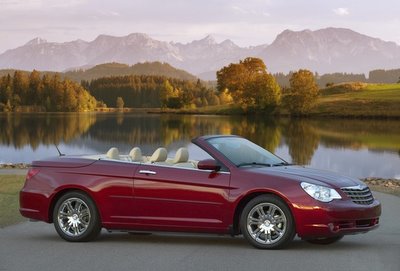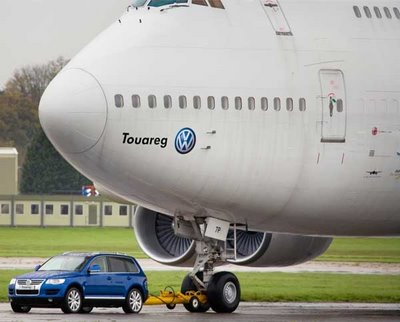Chrysler's new Sebring Convertible

The Chrysler Sebring Convertible will be completely redesigned for the 2008 model year. Launched at the Los Angeles International Auto Show, the car is built on the company's new D-segment platform and will feature three automatically latching convertible top options: vinyl, cloth and a body-color painted steel retractable hard top, all of which can be retracted with a push of a button on the key fob.
In markets outside North America, the Sebring Convertible will be the first D-segment cabriolet for the Chrysler Group to offer both a diesel engine and right-hand-drive availability, thereby equipping the vehicle to become a stronger competitor in the segment.
From the front, the new Sebring Convertible shares many traits with its sedan sibling, including the distinctive signature eggcrate grille and a uniquely sculptured hood that features the Chrysler brand's elegant lines. Large quad headlamps wrap around to the side of the vehicle, where the car’s profile takes on a shape all its own. From the rear, wide tail lamps are mounted on the corners and deck lid for greater visibility impact.
The wheelbase is 2.9 inches longer than the outgoing model, and the car is 3.5 inches taller and more than 2 inches wider. Its overall length also is 3 inches longer than the sedan, which lengthens the side profile and increases trunk space.
There will be three engine options on offer in the United States: a standard 2.4-liter four-cylinder producing 173hp, an available Flexible Fuel Vehicle (FFV) 2.7-liter V-6 engine with 189hp and 191 lb.-ft. of torque, and a 3.5-liter V-6 engine good for 235 hp and 232 lb.-ft. of torque. The 3.5 liter will be paired with a new six-speed automatic transaxle that comes with a manual mode Chrysler calls ‘Auto Stick’
Chrysler claims the 2008 Sebring Convertible was engineered to have an extremely rigid body structure to provides a quiet, comfortable ride, devoid of cowl shake even when the top is down. The new architecture and three-box vehicle design contribute to a body that is 2.5 times stiffer in twist and 1.5 times stiffer in bending than the previous generation convertible.
Production will begin in the first quarter of 2007 at the newly refurbished Sterling Heights (Mich.).


